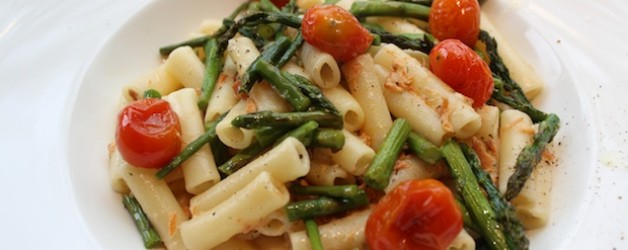

Tuna and Salmon in Cans and Pouches
Tuna and Salmon packed in cans or pouches are great pantry staples considering their convenience and versatility, and they are a favorite in our homes for both lunch and dinner options. Purchasing canned tuna and salmon in the grocery store can be daunting, given all the choices available so we wanted to take a closer look at what’s out there and break down some of the information. With all the information sorted out you can make the best choices for your family and begin, or continue, to incorporate these staples into your meal rotation.
TUNA
Closely reading the labels on packaged tuna is the most important way to decipher what will be best for you.
White (always albacore) Tuna v. Light (usually, but not always skipjack):
Any packaged tuna labeled as “white” will be albacore, a larger variety of tuna, and, therefore, will contain higher levels of mercury than smaller fish used in “light” tuna. Although light tuna can have lower levels of mercury, it is still important to be diligent about how many portions your family eats so as to minimize mercury intake. This is especially important for small children. In our research, the consensus seems to be that a child under 6 can eat a 3oz. portion three times a month, and older children could eat it up to once a week. If you choose white tuna then you would want to cut the frequency in half. There are some companies claiming to use smaller, lower-mercury albacore, so if you prefer white tuna, it is worth spending more and finding those brands. One that came up several times in our research is Wild Planet. Their website www.wildplanetfoods.com, has a lot of good information.
Packed in Oil v. Water
This comes down to personal preference. We both use tuna packed in water for our tuna salads, but if we are using tuna straight, like in a Niçoise Salad, then we use tuna packed in oil. We find that tuna packed in oil often retains more flavor so is better when not mixed with other ingredients.
SALMON
Salmon is lower in contaminants than packaged tuna and also higher in heart-healthy omega-3s. It is a great choice for adding lean protein into your diet without as much concern about mercury exposure.
Shopping Guidelines for Packaged Tuna or Salmon:
Canned v. Pouch:
Due to concerns about BPA in canned products, several companies are using non-BPA canning methods or packaging their fish in pouches. Pouches are more convenient for travel, school, or the office. Many pouch varieties also come with added seasonings or sauces for that very reason. As with most things, if information regarding BPA is not on the label then you can assume it is not BPA free.
Sustainability:
You may notice that some cans specify the method used to catch the fish. Pole and Line or Troll-caught are considered the more sustainable methods as opposed to using nets and longlines. Again, if not specified, then you should probably assume the less sustainable methods were used. A good source of information on sustainability is the Monterey Bay Aquarium Seafood Watch website.
PENNE PASTA WITH SALMON IN CREAM SAUCE
This recipe is a huge hit with my boys. It’s a great basics365 recipe because you can assemble it quickly, most of the ingredients are pantry basics and you can vary it according to taste and what you have on hand, and of course, it offers all the health benefits of salmon and any accompanying vegetables.
2 Tablespoons unsalted butter
2 Tablespoons minced shallots
1 clove minced garlic
1 cup half and half *heavy cream can be substituted for a richer sauce
1 cup chicken stock
2 Tablespoons dry white wine (Chardonnay is great)
1 pound penne pasta
4-8 ounces Salmon in can or pouch
Kosher salt
Fresh ground black pepper
Fresh grated Parmesan cheese
Fresh parsley, dill, or basil to garnish
Vegetable of choice: frozen peas or fresh roasted asparagus and cherry tomatoes (pictured above). Instructions on roasting vegetables.
- Melt butter in saucepan. Add shallots and garlic and stir until soft, about 2 minutes. Gradually stir in half & half, stock, and wine . Cook over med-high heat, stirring until reduced to 1 cup, about 10 minutes. Reduce heat and keep warm over low heat.
- Bring 4 quarts water to a rolling boil. Add pasta and cook over medium high heat 8 minutes until al dente. Drain.
- While pasta is cooking, add salmon to sauce (at this point add peas if using). Season with salt and pepper, and heat through. Gently stir drained pasta into sauce (at this point top with roasted asparagus and tomatoes if using). Top with freshly grated Parmesan. Garnish with desired herbs.
Enjoy!
